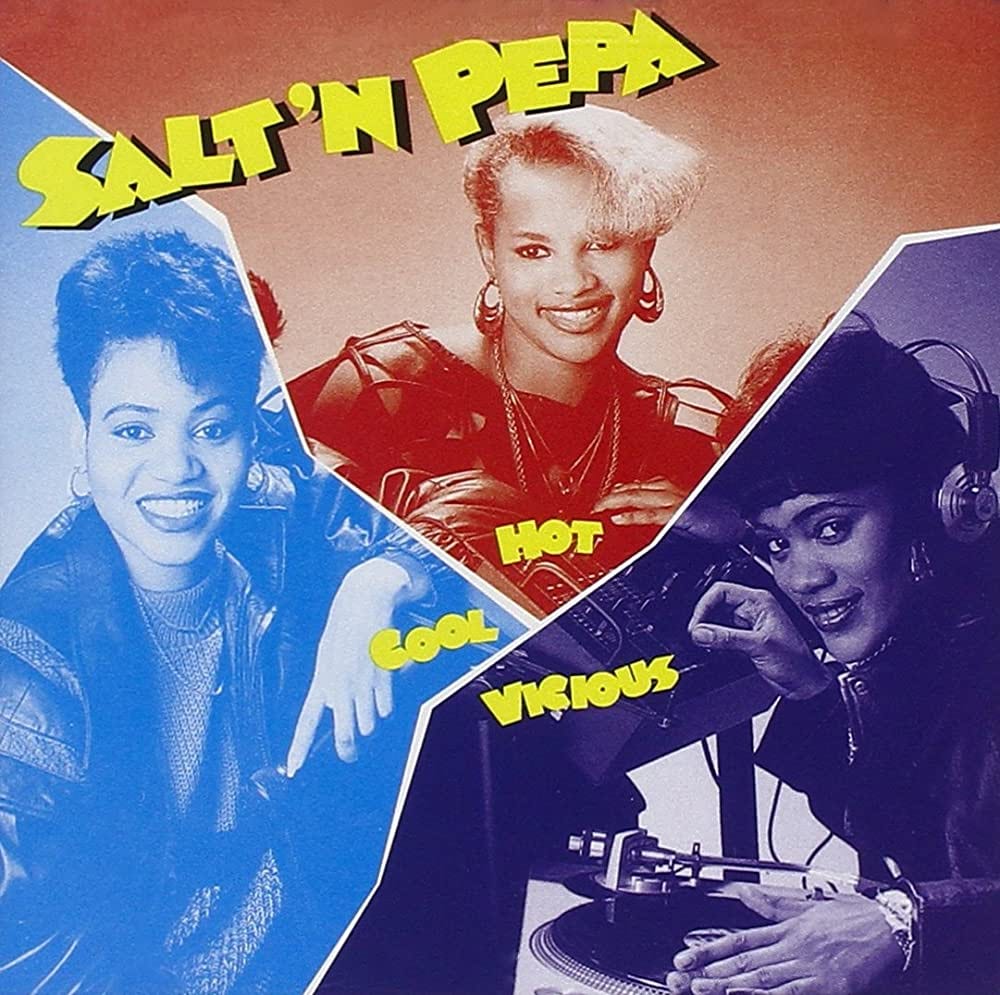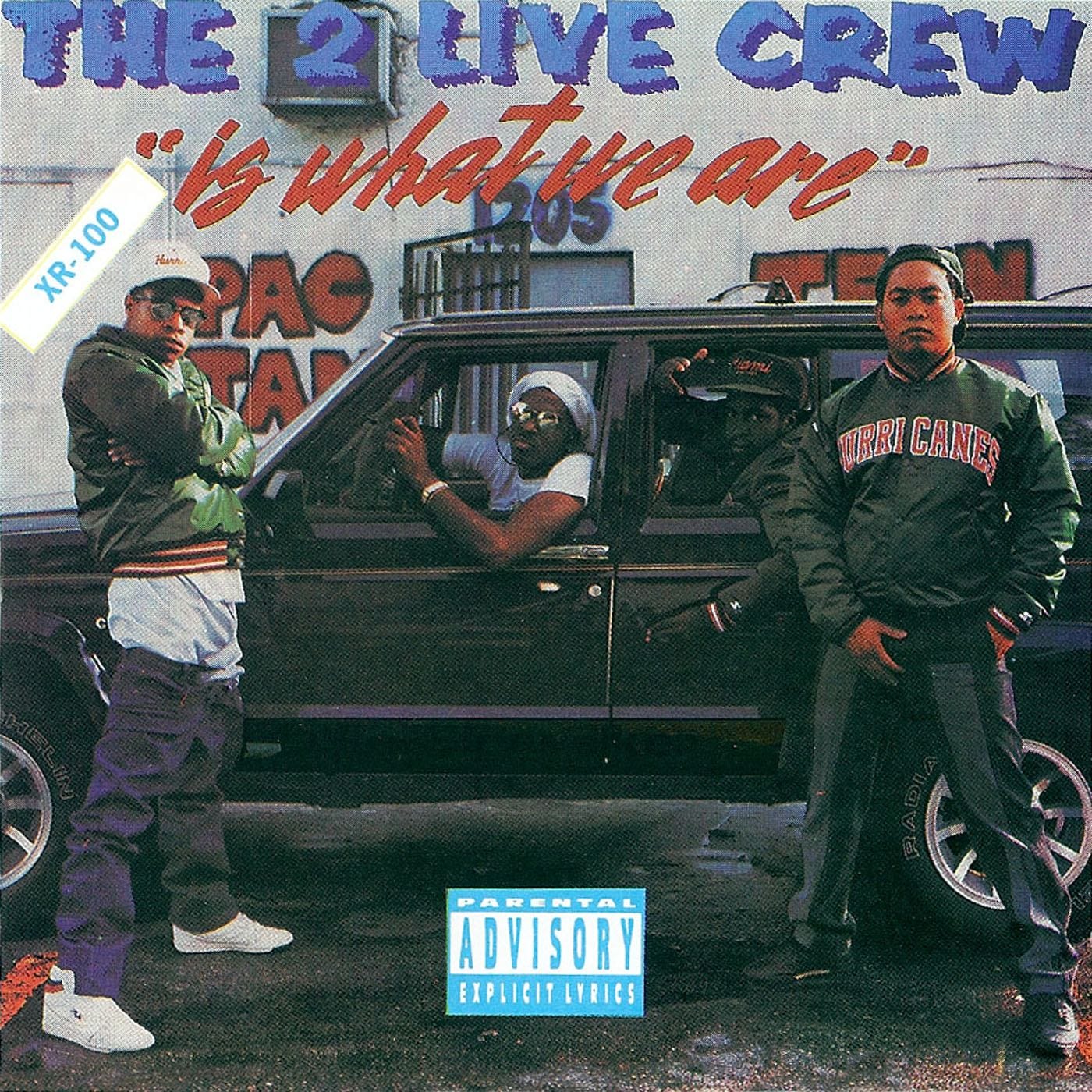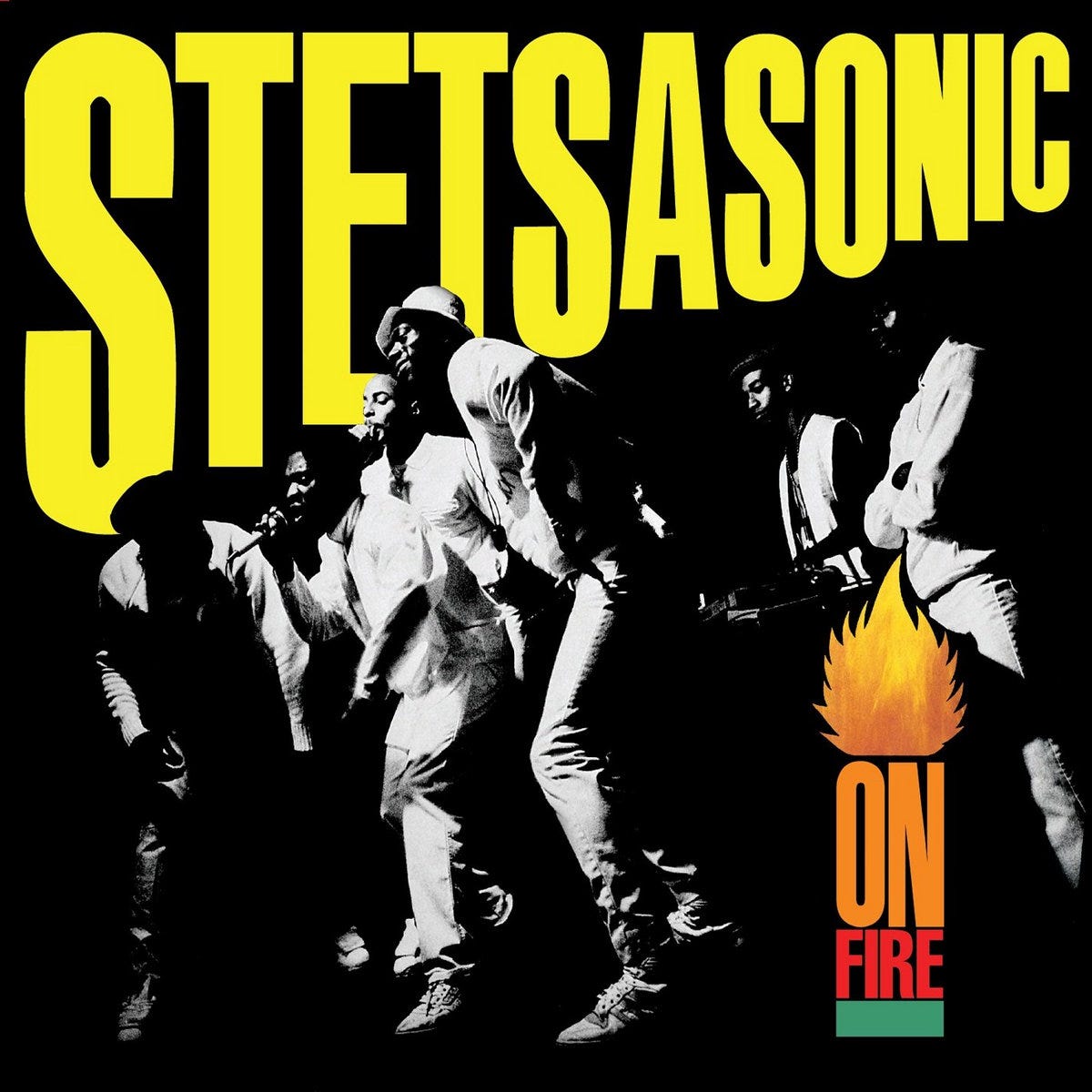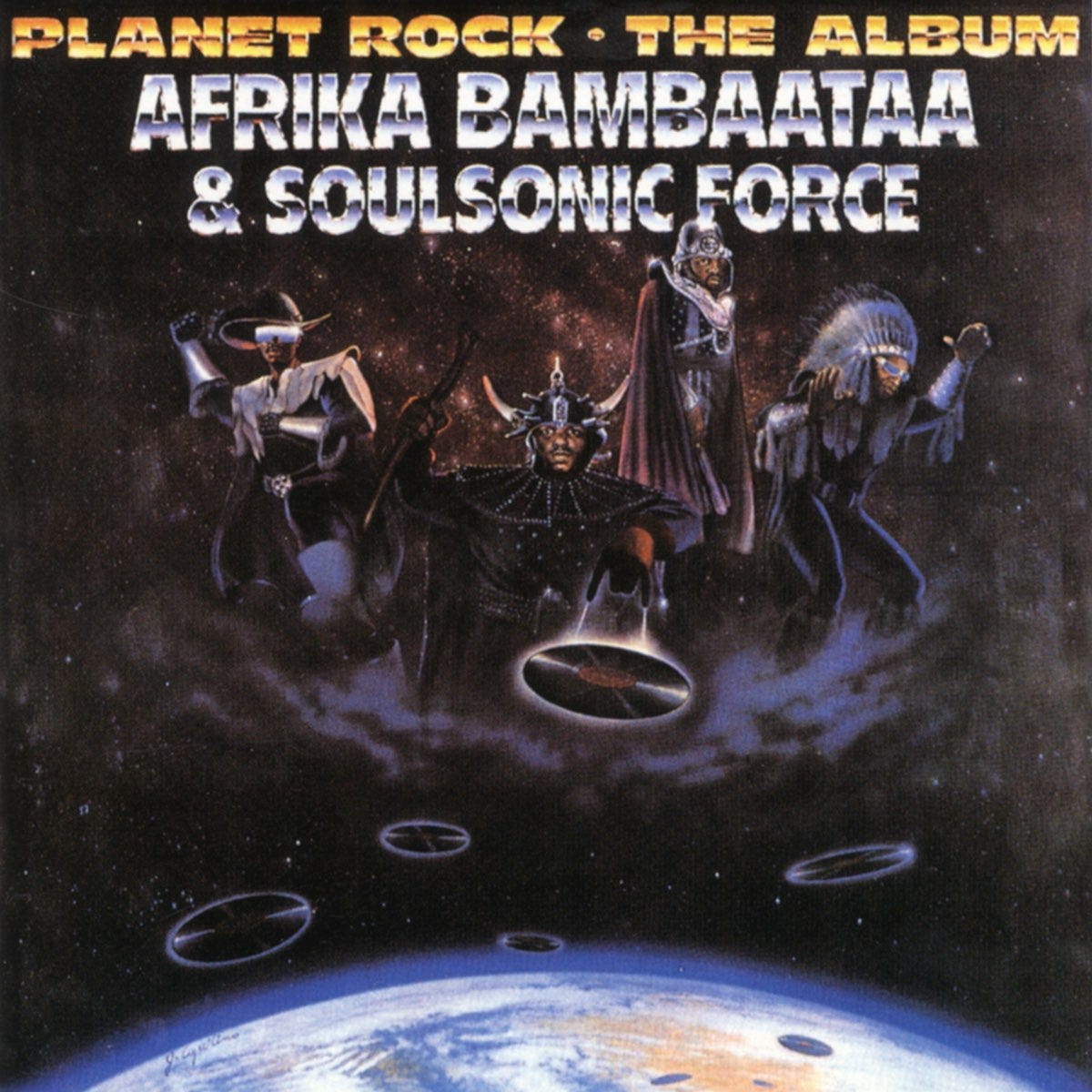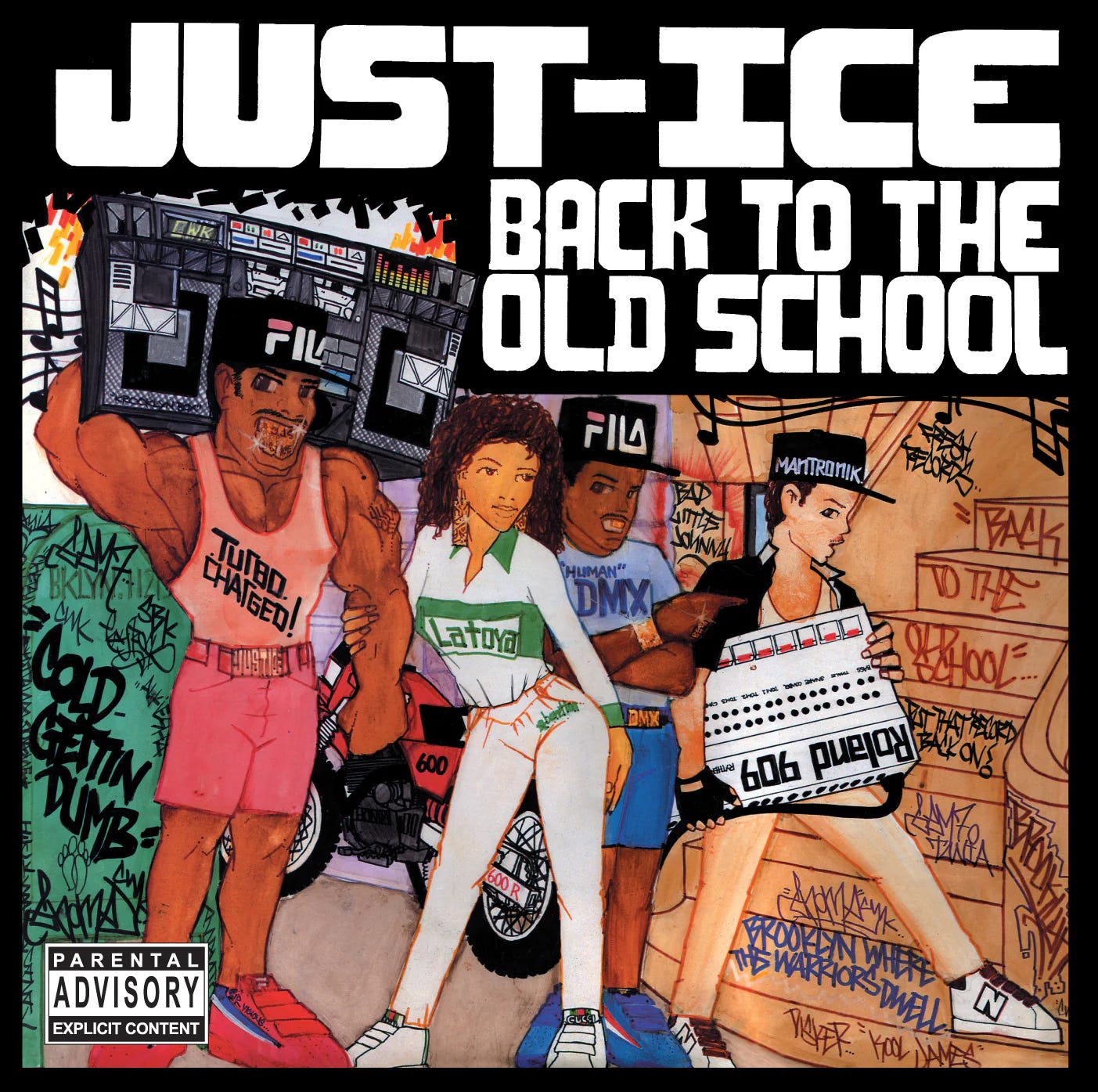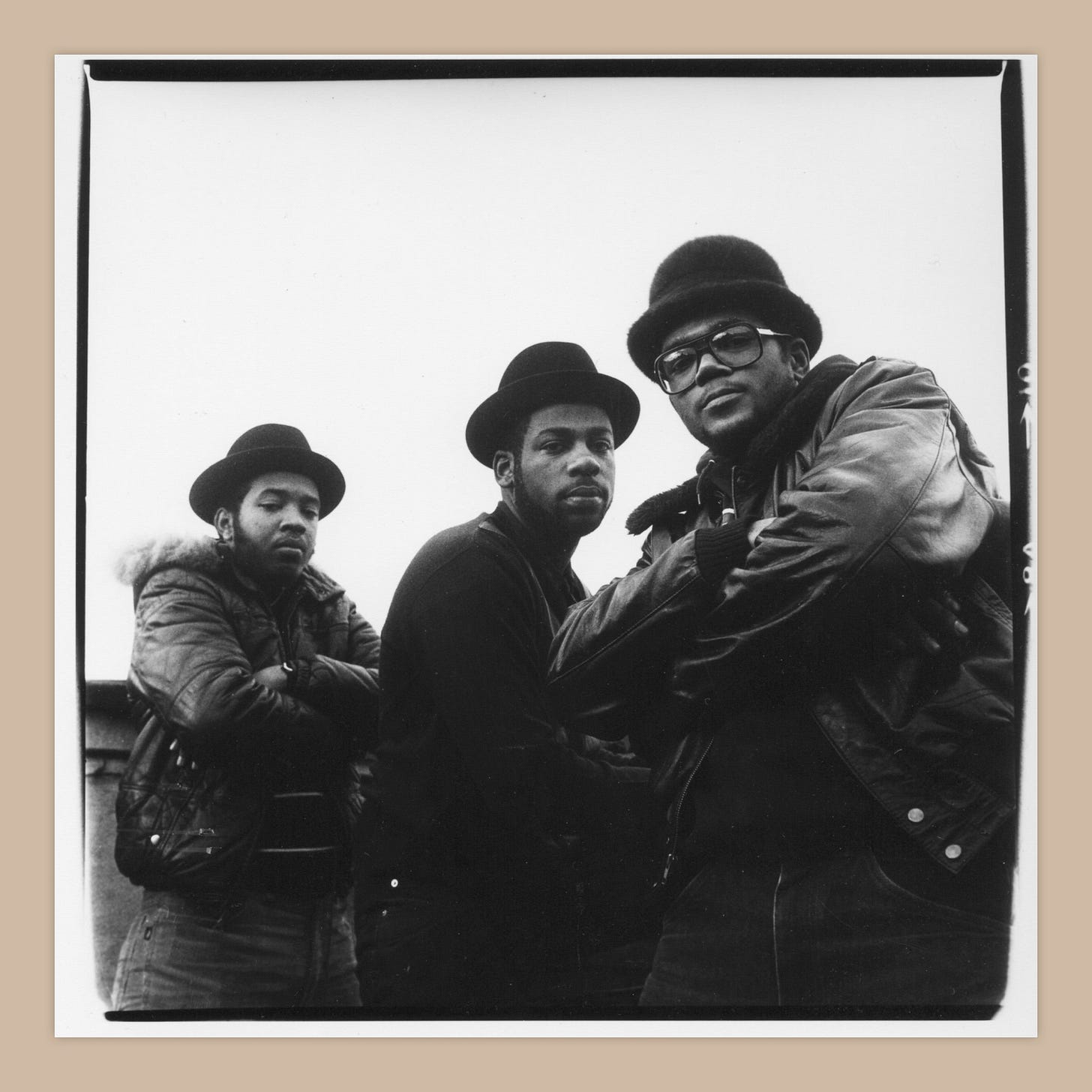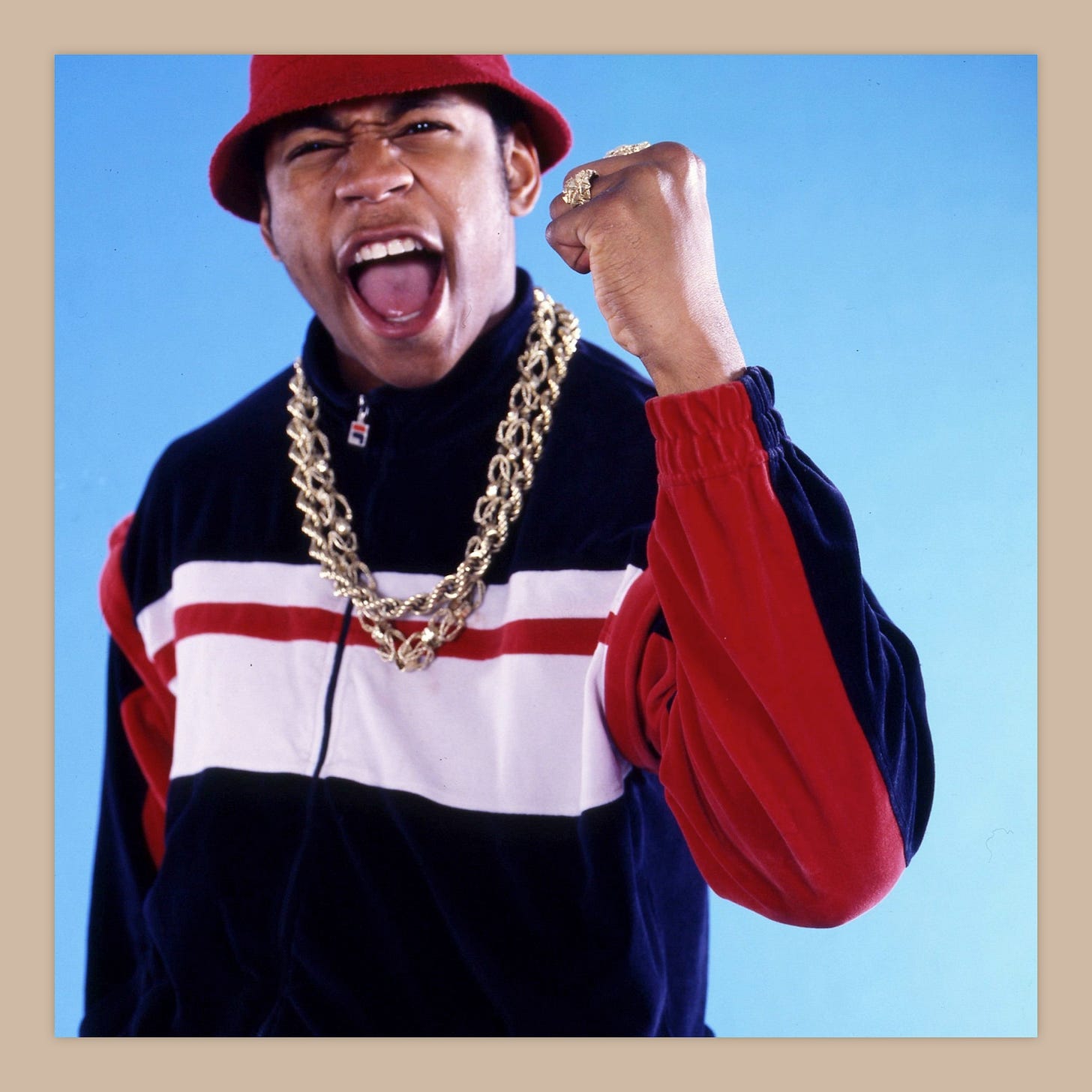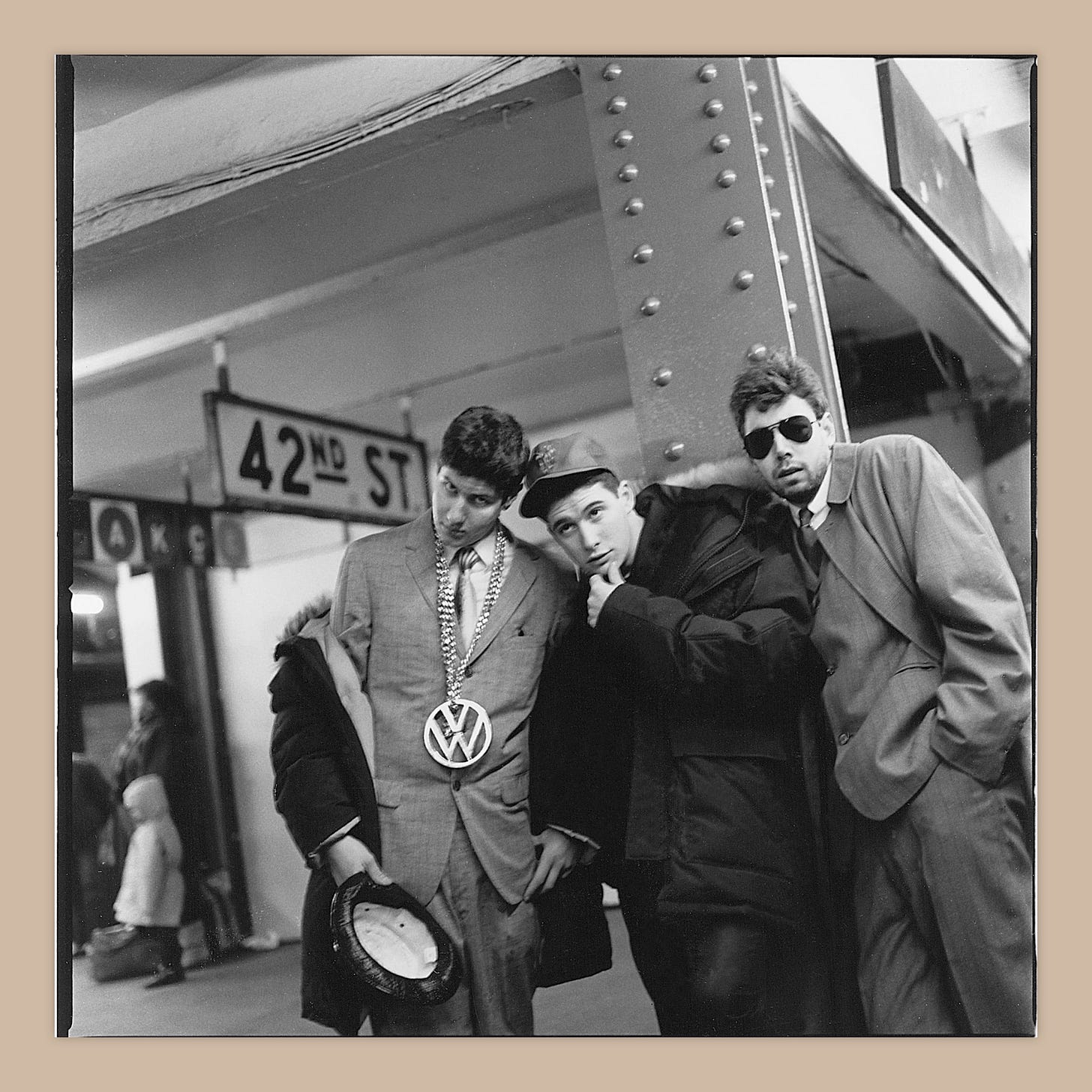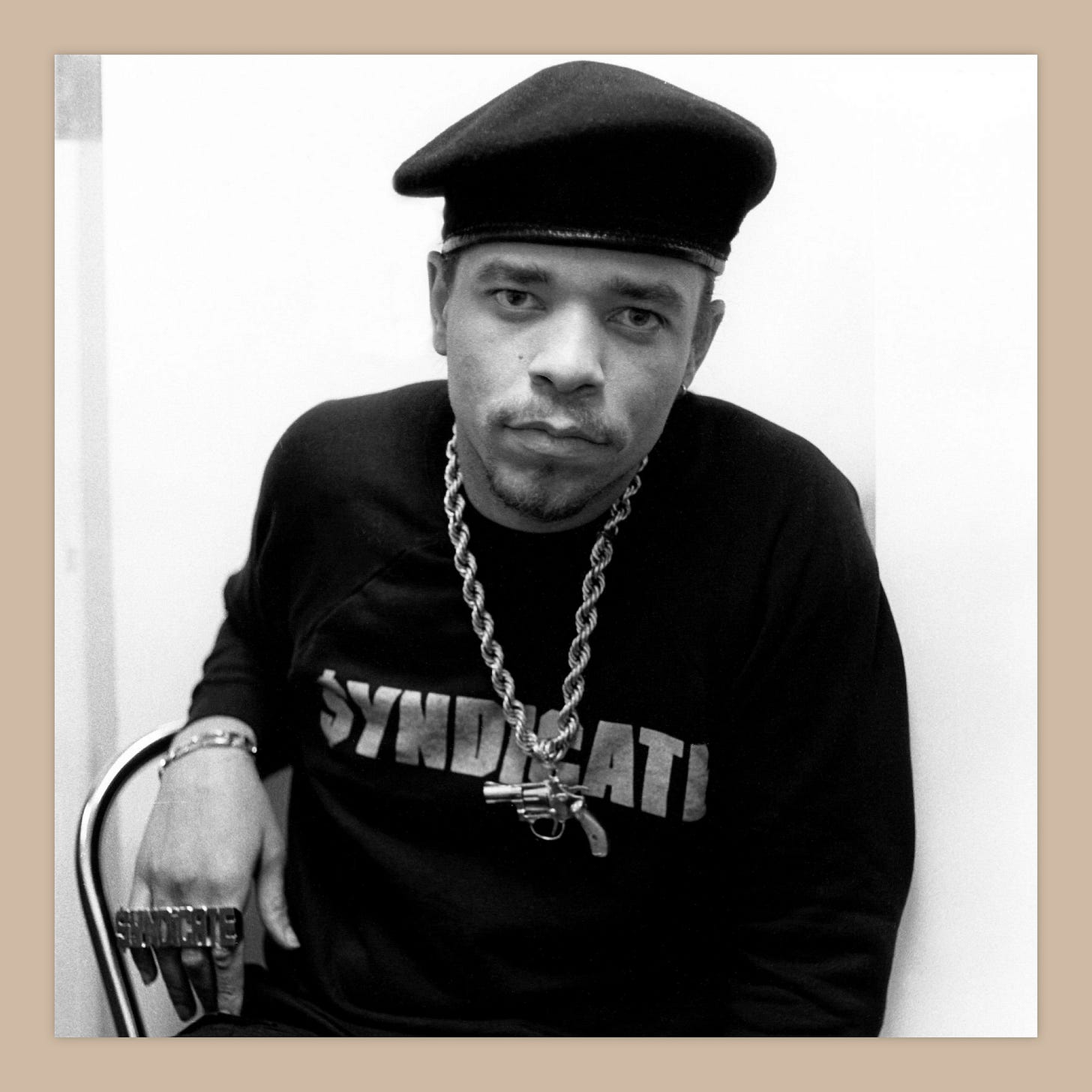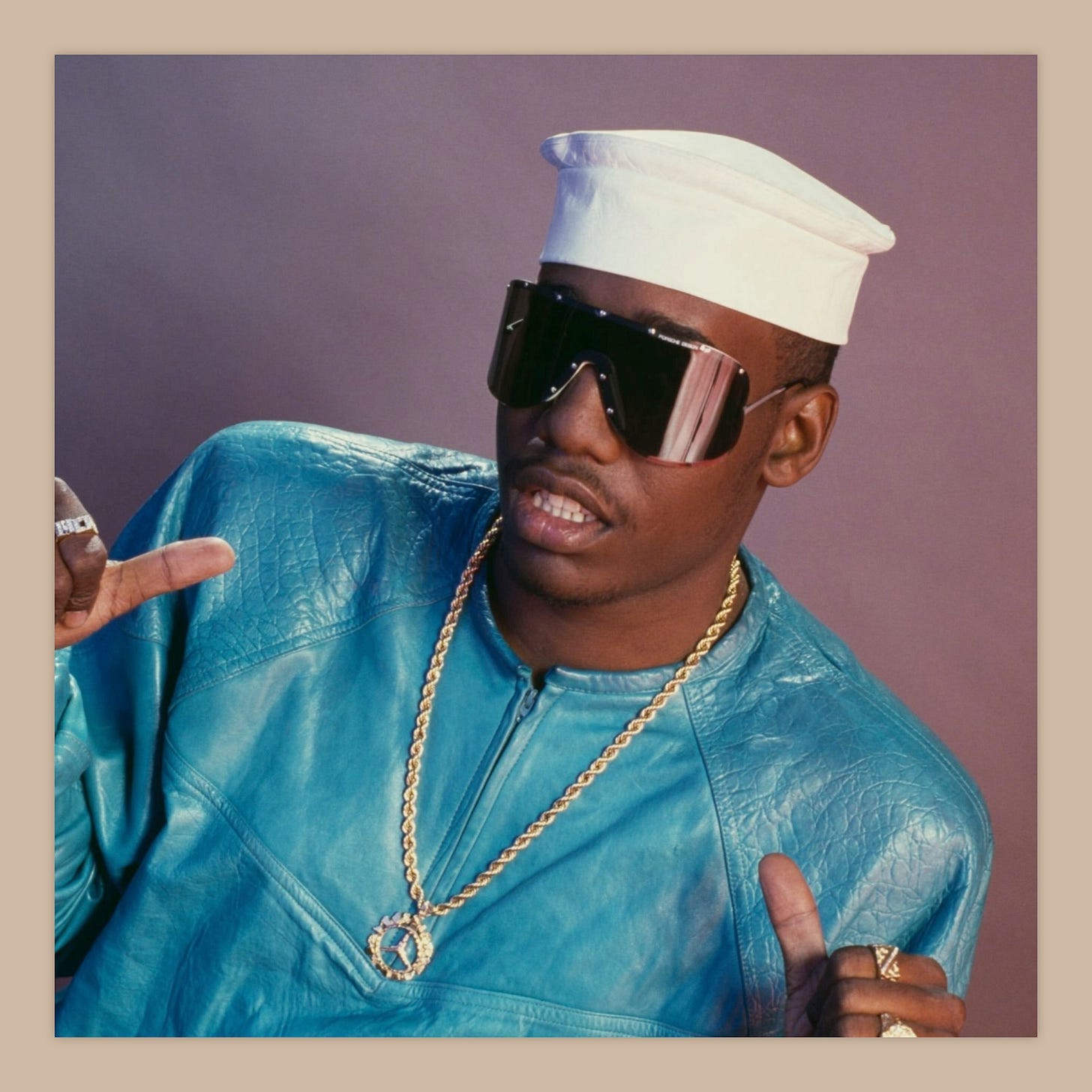1986: A Pivotal Year in Hip-Hop Redefining Commercial Success, Gangsta Rap, and Rap Beef
To kick things with our tribute to Hip-Hop 50, we're examining the Impact of 1986 on the genre.
1986 marked an unforgettable period in hip-hop's rich fabric of history. It marked a critical commercial breakthrough, opening doors for future success while simultaneously witnessing the introduction of the gangsta rap genre and sparking intense rivalries that would become their hallmarks. This article delves deep into events and albums from this pivotal year. It showcases artists like Run-DMC, Beastie Boys, Ice-T, and their roles within Bridge Wars factions as critical contributors in its shaping - among many others.
Run-D.M.C.: Raising Hell and the Beastie Boys' Appetizer
Run-D.M.C. changed hip-hop music when they released Raising Hell, cementing their pioneer status while breaking it through to mainstream audiences worldwide. Their breakthrough single, "Walk This Way,” which featured rock legends Aerosmith as guest artists, broke through barriers for many new listeners; combined with hard-hitting beats, sharp rhymes, and rock-inspired collaborations, Raising Hell made waves globally with songs such as "It's Tricky" and "My Adidas" inspiring listeners around the globe to embrace hip-hop as pioneers.
Run-D.M.C.'s commercial success was only the prelude to the groundbreaking work of the Beastie Boys. Their debut album Licensed to Ill, released in 1986, showcased their signature blend of irreverence and infectious energy; tracks like "Fight for Your Right," No Sleep Till Brooklyn," and Brass Monkey" showcased this style perfectly, captivating fans while foreshadowing hip-hop's future evolution.
Ice-T: Pioneering Hardcore Gangsta Rap with "6 ‘N the Mornin'"
Ice-T is widely credited with pioneering hardcore gangsta rap. His seminal 1986 single, "6 ‘N the Mornin'," set off an entire subgenre characterized by raw lyrics that harshly portray urban realities, coupled with fearless storytelling that vividly painted life on the streets; his fearlessness demonstrated its capacity as an avenue for both social criticism and individual expression through hip hop music.
The Bridge Wars: Boogie Down Productions vs. the Juice Crew
1986 also witnessed the start of one of the earliest modern rap beefs: the Bridge Wars. These conflicts involved KRS-One's Boogie Down Productions from The Bronx versus Marley Marl's Juice Crew from Queensbridge; these heated battles gripped hip-hop culture at large and established future beefs within this genre.
This feud played out through an exchange of diss tracks between KRS-One's "South Bronx" and Juice Crew's response "The Bridge," both serving as battle anthems in their ways. These battle anthems illuminated hip-hop's fierce competition as both factions vied for dominance. This marked a landmark event in hip-hop's competitive landscape while attesting to its power through clever wordplay in shaping the genre's development. The Bridge Wars was an epicenter for these warring factions.
Certified Classics of 1986
Raising Hell — Run-D.M.C.
1986 brought us many classic albums that continue to resonate today, such as Run-D.M.C.'s Raising Hell, with infectious energy and innovative collaborations that remain timeless classics today.
Licensed to Ill — Beastie Boys
Beastie Boys made a striking statement with their debut album, Licensed to Ill. A blend of rap, punk, and rock influences gave this debut record an unexpected and rebellious spirit into the hip-hop scene. Not only did this album display its charisma and infectious energy, but its lasting legacy continues to resonate today in hip-hop history and defined the early success of Def Jam.
Hot, Cool & Vicious — Salt-n-Pepa
Salt-n-Pepa's debut album Hot, Cool & Vicious demonstrated their groundbreaking approach to female sexuality and empowerment without apology. Their hit single, "Push It," quickly became an anthem and cemented the trio as influential voices within female hip-hop; their mixture of sharp lyricism, infectious hooks, and assertive delivery set an inspiring standard for future female rappers.
The 2 Live Crew Is What We Are — 2 Live Crew
2 Live Crew's album, The 2 Live Crew Is What We Are, caused an uproar of debates surrounding censorship issues. Its provocative lyrics and explicit content challenged social norms, prompting conversations around freedom of expression and artistic expression integrity. However, its impactful message could be an impetus to spark more discussions on these important matters.
Essential Albums of 1986
Oh My God! — Doug E. Fresh & The Get Fresh Crew
1986 also brought several essential albums that changed the face of hip-hop music, like Doug E. Fresh & The Get Fresh Crew's Oh My God! featuring his unparalleled beatboxing talents and charismatic flow; its standout track, "The Show," featuring Slick Rick, became an instant classic that cemented Doug E. Fresh as one of hip-hop's true pioneers.
On Fire — Stetsasonic
Stetsasonic's On Fire showcased their innovative blend of rap music with live instrumentation. Their inventive use of live drums, bass, and horns created an organic yet dynamic sound that set them apart from their competitors. Tracks like "Go Stetsa I" and "On Fire" demonstrated this versatility, thus paving the way for what would eventually become one of their trademarks as genre pioneers.
Planet Rock: The Album — Afrika Bambaataa & Soulsonic Force
Afrika Bambaataa & Soulsonic Force's groundbreaking album Planet Rock: The Album highlighted Bambaataa's innovative approach to hip-hop by merging electronic music and rap into an instant classic track called "Planet Rock," featuring elements of hip-hop, electro, and Kraftwerk-influenced beats - something which revolutionized and left an indelible mark upon hip-hop's soundscapes forever.
Back to the Old School — Just-Ice
Just-Ice's Back to the Old School showcased early hip-hop's raw, unfiltered nature. Just-Ice's aggressive delivery and gritty lyrics combined with Mantronik's minimalist production created a sound that was neither subtle nor conciliatory; tracks such as "Cold Gettin Dumb" and "Latoya" demonstrated this distinct sound while opening doors for hardcore rap to emerge later on.
Pinnacle Rappers in 1986
Run
Run from Run-D.M.C. quickly established himself as one of hip-hop music's premier lyricists, known for his powerful flow and wordplay that set him apart as one of its premier poets. Tracks like "Peter Piper" and "It's Tricky" showcased Run's charisma and dexterous verse writing ability; tracks like these showcased Reverend Run as one of hip hop music's premier performers.
LL Cool J
LL Cool J's album Radio showcased his youthful energy and undeniable talent, with tracks like "I Can't Live Without My Radio" and "Rock the Bells" showing his ability to combine catchy hooks and braggadocious rhymes effortlessly - becoming one of the standout rappers of his era.
Beastie Boys
Mike D, Ad-Rock, and MCA rose to become formidable rappers of their own right as members of The Beastie Boys. Their distinctive voices and offbeat humor brought an unconventional style of hip-hop. Performances on tracks like "No Sleep Till Brooklyn" and "Fight for Your Right" proved their ability to seamlessly combine rap, punk rock, and rock influences for captivating live shows.
Breakout Stars of 1986
Ice-T
Ice-T's rise as an iconic figure during 1986 cannot be overstated. He introduced the world to hardcore rap through his single, "6 ‘N the Mornin," with unfiltered storytelling that resonated deeply with listeners and unabashed depictions of social issues and street life that helped pave the way for its continued evolution in subsequent years. Ice-T has since continued to pioneer gangsta rap as one of its subgenres.
KRS-One
KRS-One, leader of Boogie Down Productions and an influential figure since 1986, made an immediate mark with his powerful lyrics and thought-provoking messages on "South Bronx," an iconic track that ignited the Bridge Wars between 1987-1994. KRS' One's charismatic presence and an unwavering commitment to maintaining hip hop's essence cemented him as one of its key echelons.
Kool Moe Dee
Kool Moe Dee's contributions in 1986 highlighted his technical skill and innovative rhyme schemes, having already established himself within Treacherous Three as one of their members and then with his solo debut Kool Moe Dee."Tracks like "Go See the Doctor" and "Wild Wild West" displayed rapid-fire delivery and intricate wordplay; Kool Moe Dee set new standards regarding technical rap abilities that inspired future generations of MCs.




